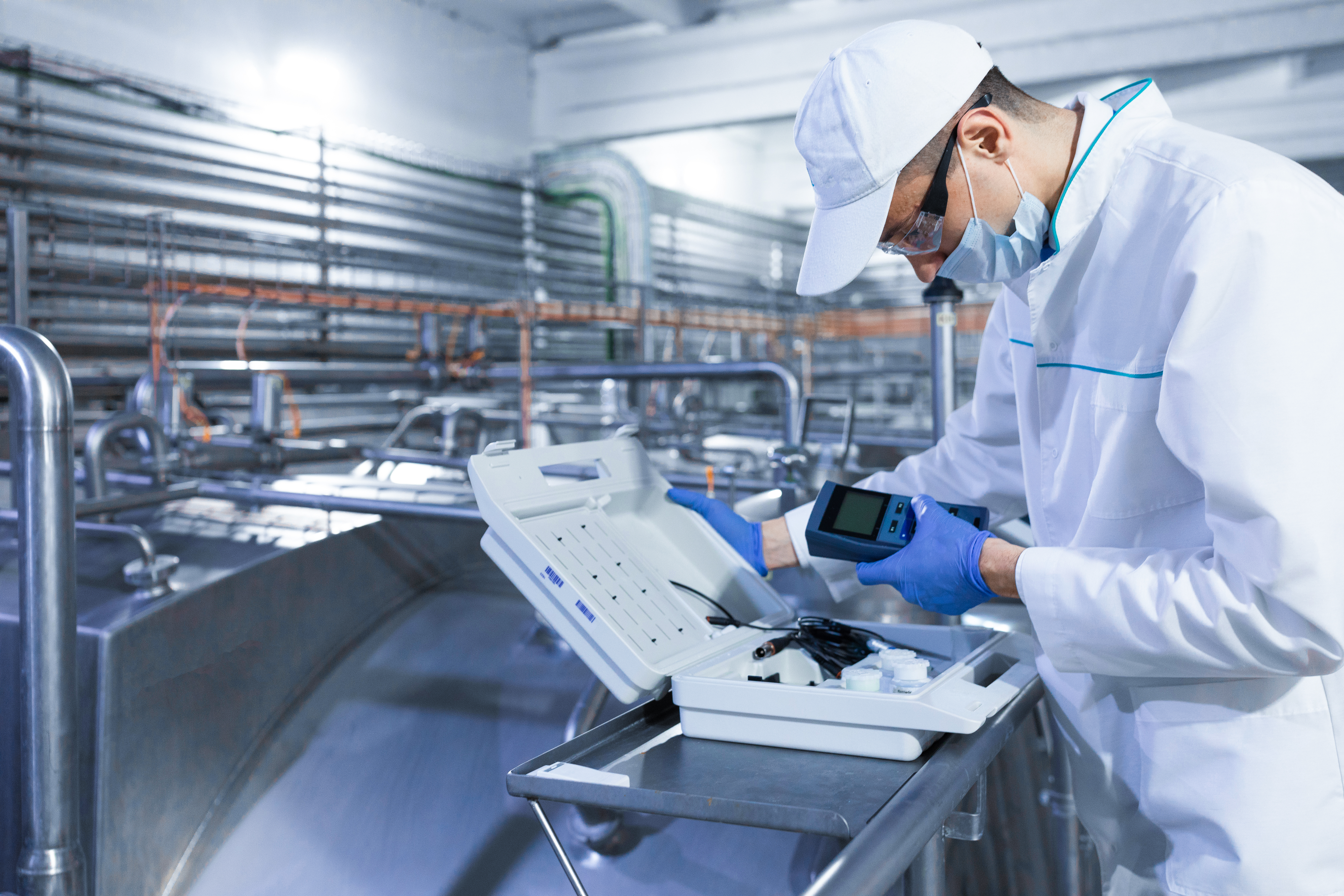Sanitary zones in food production facilities are carefully organized territories created for the purpose of strict observance of sanitary and hygienic standards and prevention of contamination of products. They are divided into categories depending on the level of risk and purity and are an integral element of any quality control and safety system in food enterprises.
- hand washing;
- disinfection of shoes;
- putting on special hygienic clothes.
Hygienic passageways serve as a physical barrier between potentially contaminated areas and clean rooms, ensuring constant monitoring of staff hygiene.
